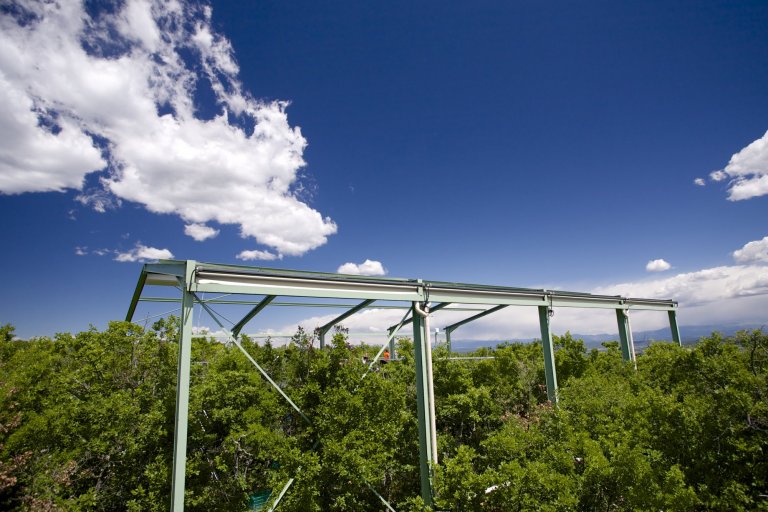
© Thibaut VERGOZ/IMBE/CNRS Images
View the mediaFolder
From tropical forests to Mediterranean ecosystems, discover the fascinating missions of the scientists who use forests as outdoor laboratories.

© Thibaut VERGOZ/IMBE/CNRS Images
View the mediaUnderstanding climate change, fighting deforestation or better still preserving the biodiversity of these ecosystems: scientists have plenty to do in forests. But forests are also one of the terrestrial biosphere’s natural carbon sinks. Because of their ability to absorb atmospheric CO2, they play a major role in regulating carbon and the climate.
Journey with us to the heart of our planet’s lungs…
Our work is guided by the way scientists question the world around them and we translate their research into images to help people to understand the world better and to awaken their curiosity and wonderment.